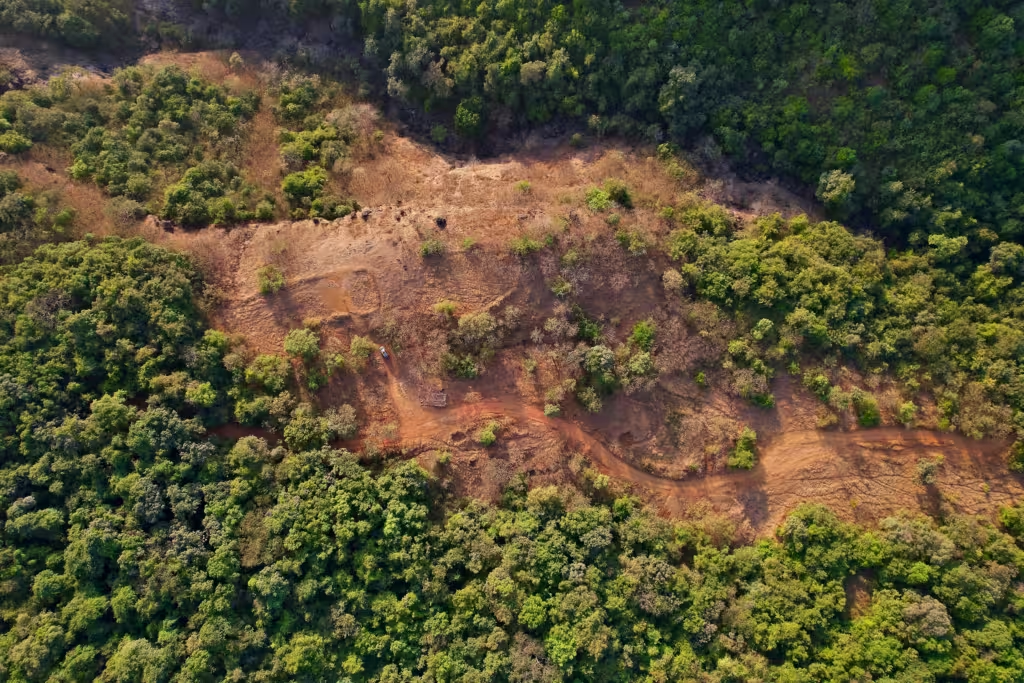OK, OK, we have to do COP30 even if we’re bitter about not being there. So let’s start with Reuters “Sustainable Switch” emailing that “Protesters force their way into COP30”. Hey, at least someone showed up to this suddenly not-cool event. Otherwise it’s a dismal gathering only rendered worse by various unconvincing efforts at cheerleading by activists and the press gathered in the Brazilian jungle.
It didn’t use to be this way. Previous COPs were filled with energy, if not judgement. And the mood was slow to shift as reality sunk in. Back in May of this year Climate Home News crowed about:
“Surfing the political wave/ For the past 10 years, the UN’s COP climate summits have chosen a pair of high-level champions to connect decision-makers across industries, cities and communities. Meanwhile, the host nation’s COP team spends months in the run-up to the conference doing the diplomatic rounds worldwide and laying the ground for its desired outcomes. But for the Belém conference this November, Brazil’s COP30 presidency is taking outreach efforts to a new level that goes beyond the usual political merry-go-round. This week it announced the appointment of 30 envoys to liaise with “priority sectors and regions” ahead of the summit, among them champion surfer Maya Gabeira, first lady Janja Lula da Silva and New Zealand’s former leader, Jacinda Ardern.”
Nobody’s surfing waves now. Instead it’s a backwater in a backwater where even the outrage is stale, to the point that the protest was peculiar even though it was also standard COP and general radical theatre. According to Reuters, which apparently did not find the spectacle even remotely odd:
“Dozens of Indigenous protesters forced their way into the COP30 climate summit venue on Tuesday and clashed with security guards at the entrance to demand climate action and forest protection.”
It is hard to think of a less sensible place to cause a ruckus demanding such things than a COP summit, since it is composed of people deeply committed to precisely those things. Though it is, to some degree, theatre, since the participants welcome the demonstration as part of their whole world-demands-action shtick, whereas elsewhere it might get a less friendly reception.
Consider the dismal Heatmap headline, and if you like COPs you better be ready for a rough read, “The Centerpiece of Brazil’s COP Agenda Might Be Doomed”. And what was the arguably implausible centrepiece of Brazil’s COP agenda? We’re glad you asked. It was… drum roll please… forest protection. But alas:
“After years of planning, the Tropical Forests Forever Facility has so far failed to take root.”
We said it would be dismal if you like COPs. For us it’s more “wuk wuk wuk” because:
“The centerpiece of President Luiz Inácio Lula da Silva’s agenda was meant to be the Tropical Forests Forever Facility, an international finance scheme to raise at least $2 billion per year to fund forest conservation and restoration. After an inauspicious launch in which presumed supporters of the facility failed to put up any actual financing, however, it’s unclear whether the TFFF will have a chance to prove it can work.”
Actually we have trouble thinking of a clearer demonstration that it can’t, if all the big talkers won’t even pony up a measly $2 billion while António Guterres rants about trillions (and urges a global digital crackdown on “false narratives” including on climate lest they breed “cynicism”). And Bloomberg Green vapours:
“Climate finance as we know it has reached the end of its useful life and needs to be thrown out. That’s the view of Rhian-Mari Thomas, a former Barclays banker who now runs the London-based Green Finance Institute. Gone are the days of bankers on bicycles handing out bamboo business cards, as they did in Glasgow for the COP26 summit in 2021. Gone, too, are most of the commitments to net zero alliances unveiled back then. The grand emissions-cutting proclamations and broad industry coalitions of yesteryear served a purpose in galvanizing initial progress, but if the trillions of dollars needed to fund emissions reductions and adaptation are to flow, a new model is needed, she said.”
Not just a new plan, a new model. Or a plan to come up with a model. Not that they don’t have a bunch of words hovering in the shape of a plan:
“the GFI is proposing a new model of so-called structured coordination that it’s dubbed “transactions to transitions.” The idea is to gather key actors to work together on clearly defined real economy outcomes, such as scaling up specific technologies like sustainable aviation fuel or carbon dioxide removal, or by increasing the flow of private-sector investment in nature restoration. Instead of grand chief executive-level dialogs, GFI would convene expert teams from across the value chain, spanning policymakers to industry, development banks to institutional investors, to work on specific solutions for funding green activities.”
Sounds like Mark Carney on a bad day.


